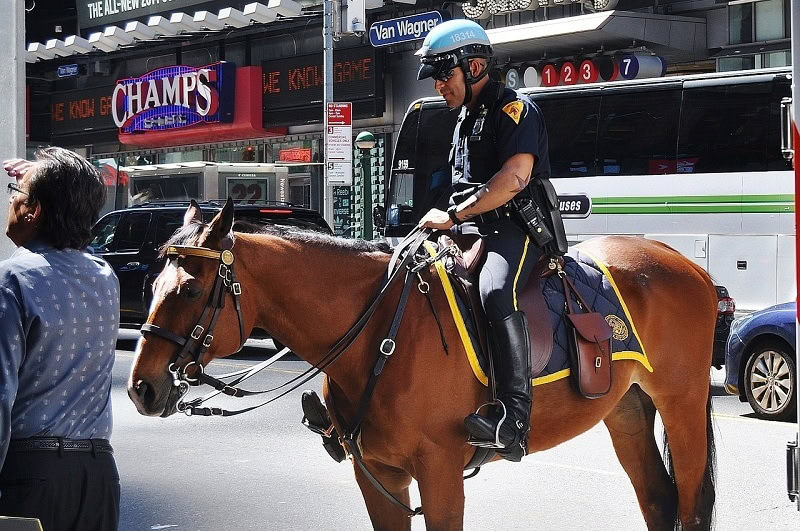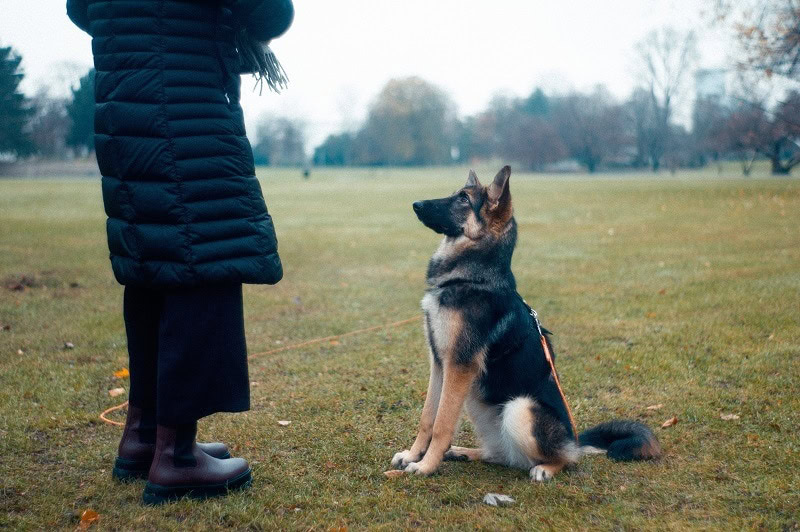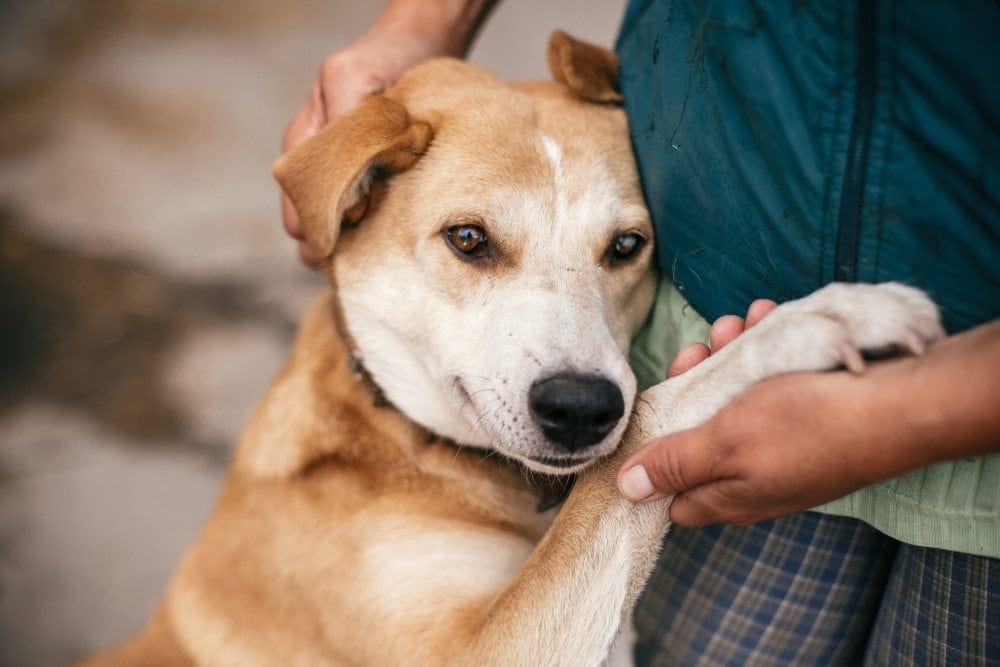Back in the day, humans relied heavily on horses. Not only were they used for transportation, but also hunting, war, agricultural work, and more. Horses also have a long-standing history in law enforcement. Mounted police have used these specially trained animals for centuries, and some are still in police work to this day.
It may seem like the use of horses in law enforcement would be a bit outdated, so why with all the modern advancements do police still use horses? Well, there are several reasons these incredible equines still have a place in the police force in countries all over the world.

Horses in Law Enforcement
Horses have been used in police work since the 18th century. The earliest records of mounted police come from France where the French Maréchaussée patrolled exclusively on horseback due to poor road conditions and vast rural areas needing police presence.
The use of horses in organized law enforcement spread across the globe, and in certain countries camels were used in place of horses. As the years went by, modern advancements and the growing expenses of training, stabling, and equipping police horses caused a dramatic decrease in the use of mounted patrols.
This was to be expected, of course, but horses have proven so valuable in certain aspects of police work that several countries, even some of the most technologically advanced, still use police horses, especially in large cities.
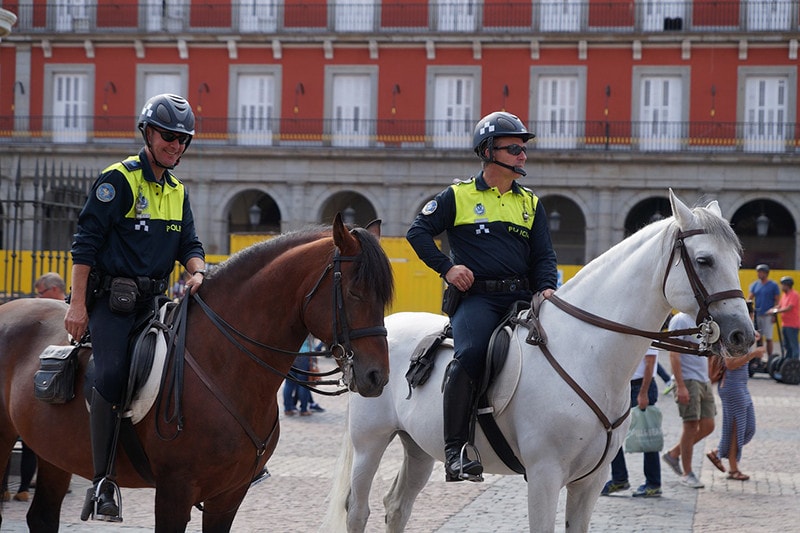

Most Common Uses for Police Horses
Horses are very versatile animals that can be trained for a variety of tasks, which is why they were used to enforce the law in the first place. Here’s a look at why horses are still used and the primary areas of law enforcement they excel at:
1. Crowd Control
One of the primary reasons that horses are used in law enforcement is for crowd control. Horses offer the officers a significant height and size advantage and are quite intimidating. For this reason, they can easily help disperse large crowds of unruly individuals. These horses and their mounted officers are often equipped with riot control gear to protect them from harm.
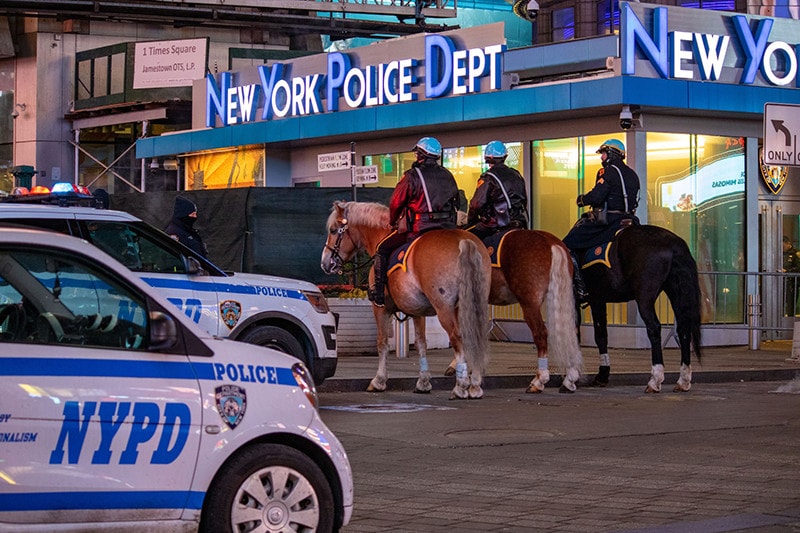
2. City Patrol
Police horses offer a significant advantage in crowded cities with dense populations. Being on horseback allows the officer to move easily through densely populated streets and offers them height and visual advantages so they can have better situational awareness.
3. Navigating Parks and Wilderness
Police horses are also called upon when there is a need to navigate parks and wild terrain. This is often in situations that require search and rescue efforts. Horses can access areas that patrol cars cannot and they will also cover more ground than anyone on foot. Even in these types of situations where police horses are not available, many volunteers will take to horseback to search for missing people.
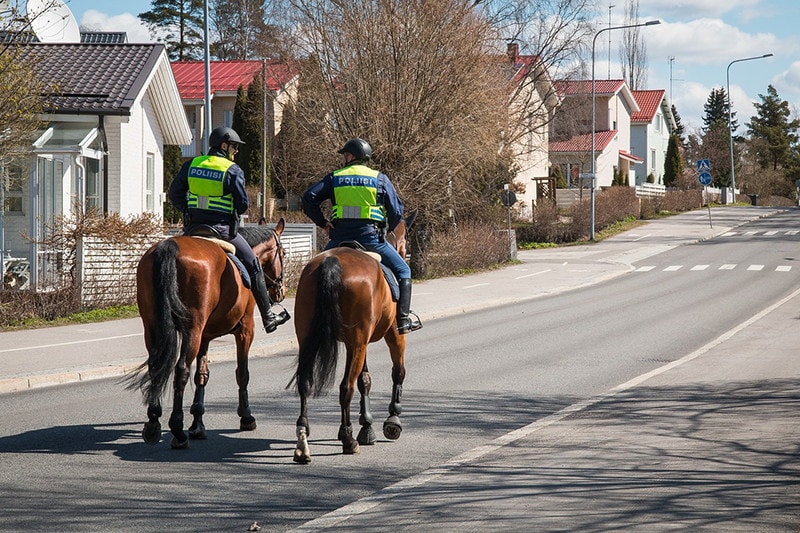
4. Community Outreach
Mounted police units often participate in community parades and other public events to help build rapport between the police force and the local community. The partnership between the horses and their rider is built on a solid foundation of trust and mutual respect, which is very inspiring to anyone lucky enough to encounter and observe.
5. Ceremony
Police horses are often used in ceremonies. For example, four horses from the Royal Canadian Mounted Police lead the ceremonial parade for Queen Elizabeth II’s funeral procession. Police horses are often present during the memorial ceremonies for fallen officers in their local community and various other ceremonies within their local area.
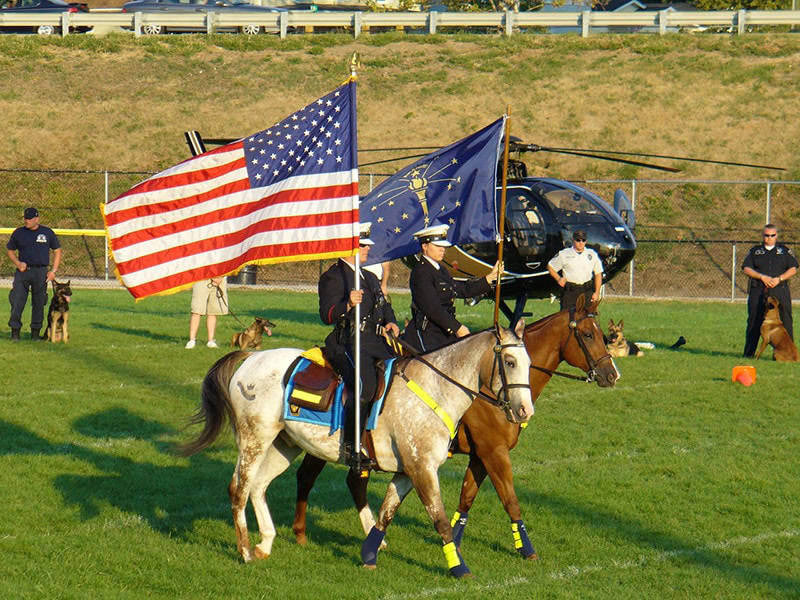

Countries That Still Use Mounted Units in Law Enforcement
Mounted police units are still used all over the world. The most notable units in the modern day are the New South Wales Mounted Police of Australia, the Royal Canadian Mounted Police of Canada, the Metropolitan Police Mounted Branch in the United Kingdom, the Royal Oman Police of Oman, and the United States Border Patrol and many other mounted units in large cities. Here’s a list of the countries that have currently active mounted police units:
- Angola
- Argentina
- Australia
- Barbados
- Belgium
- Brazil
- Canada
- Chile
- Colombia
- Denmark
- Bulgaria
- France
- Finland
- Germany
- Greece
- India
- Iran
- Ireland
- Israel
- Italy
- Jamaica
- Japan
- Latvia
- Lesotho
- Lithuania
- Malaysia
- Malta
- Mexico
- Montenegro
- The Netherlands
- Norway
- Poland
- Portugal
- Puerto Rico
- Romania
- Serbia
- South Africa
- Spain
- Sri Lanka
- Sweden
- Switzerland
- United Arab Emirates
- United States of America
- Vietnam
- Zimbabwe
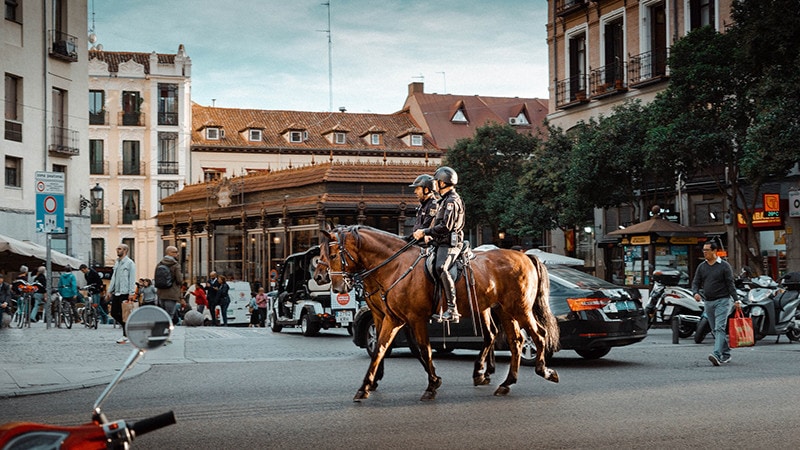
How Police Horses Are Selected
There are plenty of considerations when selecting the right police horse for the job. The criteria are bound to vary depending on the location and the individual police department. As a general rule, a police horse must possess a sound temperament, stamina, athleticism, and be in prime physical condition.
Geldings and mares are used for duty rather than stallions, due to their predisposition to more unruly behavior. They must meet certain height requirements, for example, the City of Houston has a minimum height requirement of 15.2 hands.
There is also an age range for police horses, which is typically anywhere from 2 to 15 years of age. All potential candidates must also receive a comprehensive health check and be cleared by a veterinarian.
Very few police departments in the United States have their own breeding programs and most will get horses from the community. The specific breed is not the primary concern in the selection process, since having a horse with the right disposition is imperative.
Certain breeds are more often used in police work, however. This is due to their size, temperament, and physical characteristics that make them well-suited for this line of work. These breeds include:
- Clydesdale
- Belgian Draft Horse
- Percheron
- Shire
- Thoroughbred
- Quarter Horse
- Hanoverian
- Dutch Warmblood
- Tennessee Walker
- Spotted Saddle Horse
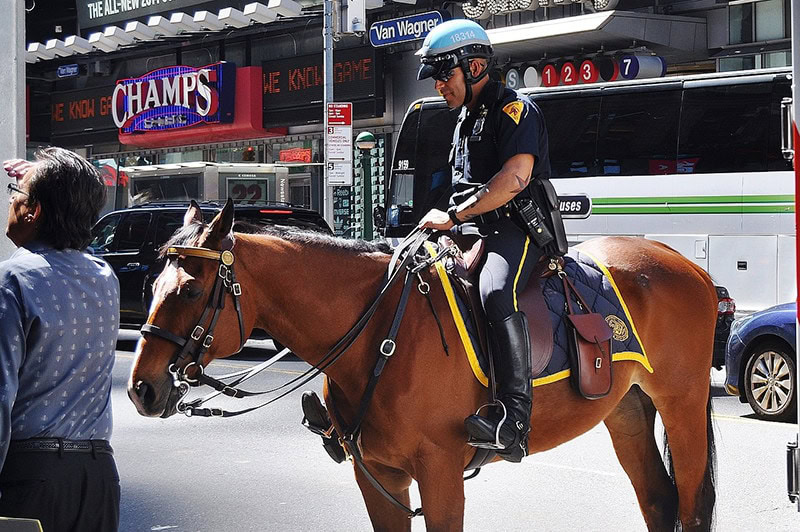

Conclusion
Many countries still use horses in police work because they are particularly effective at controlling crowds, allow officers to easily patrol city streets, and can help assist with search and rescue missions on terrain that patrol cars can’t access. They are also used in various ceremonies and for community outreach purposes. These incredible animals may not be used as much because of modern technology and advancements, but they very much still have a place in our society and our hearts.
- Related Read: 14 Types of Horse Careers & Jobs: An Overview
Featured Image Credit: GLady, Pixabay
